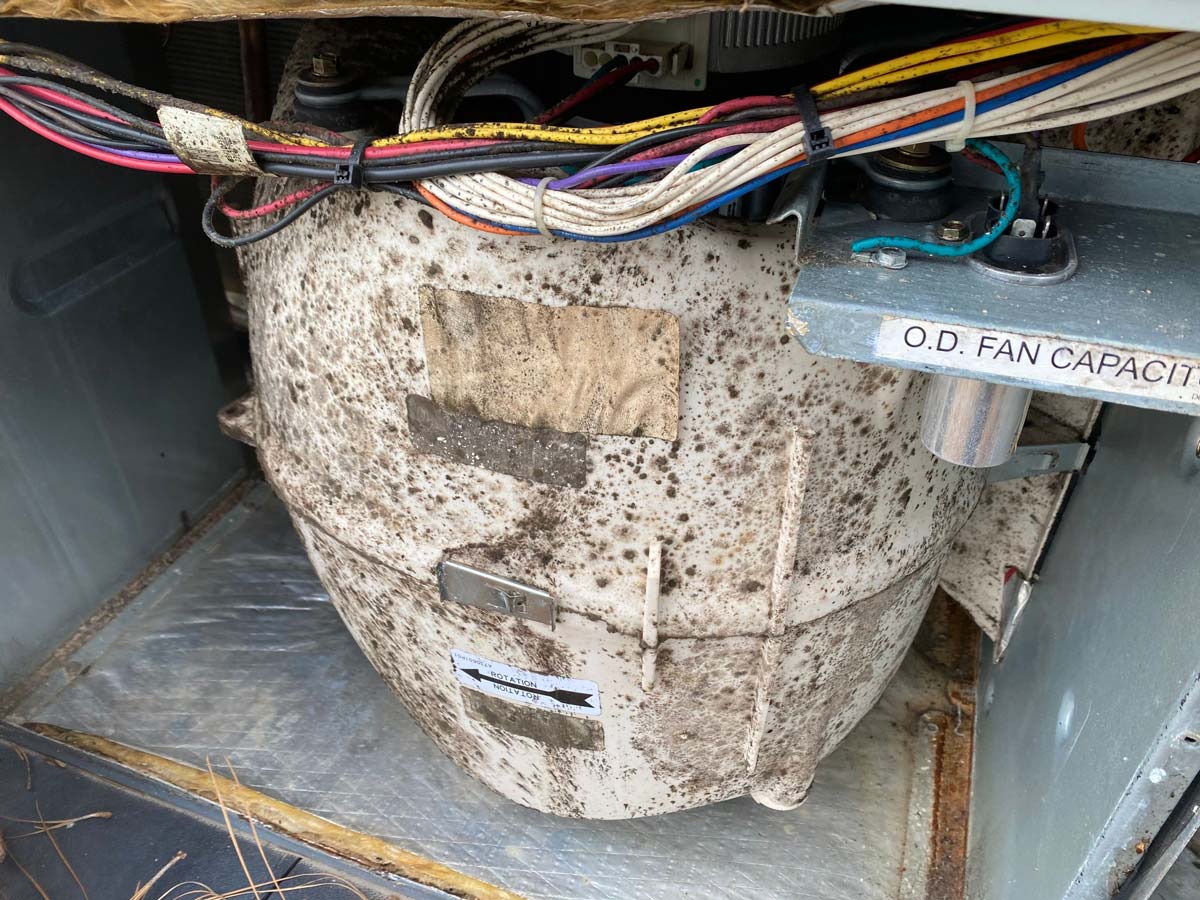
With summer fast approaching in Eastern North Carolina, it's time to make sure your HVAC system is running efficiently. One common setback regarding HVAC efficiency that's often overlooked is mold in HVAC. Mold in HVAC systems can reduce their efficiency and the comfort level in your home. Furthermore, mold emits a foul and musty odor that can be very unpleasant. What follows are four areas in your HVAC system that could support mold growth and what you can do about it.
The Evaporator Coil
The component of your HVAC system responsible for chilling warm return air is the evaporator coil. As warm air blows over the cold evaporator coil, condensation forms. The water helps provide an environment that can support mold growth. The odor in your heating and cooling system that mold creates will blow through your entire home.
The Condensation Pan and Pipe
The condensation that forms on the evaporator coil drips into a condensation pan beneath the evaporator. From the pan, water enters a drain pipe, where it flows to a floor drain or through the exterior wall of your home. The condensation pan and pipe are another area where mold growth may occur.
Ductwork
The ductwork of the HVAC system is a network of tubes that carries warm return air to the evaporator coil inside the air handler and then carries the chilled air to the air vents in your home. The air ducts are another place mold can easily hide and proliferate. Like mold in the evaporator and condensation parts, mold in ductwork is a problem that needs to be resolved quickly.
The Filter
A quality HVAC filter can help protect all HVAC parts from developing mold growth. Yet, filters can also harbor and support mold growth if the filter becomes wet from condensation. Ask your HVAC technician if the air filter you have in your HVAC system is of the good quality that can capture mold spores. Furthermore, if there is condensation, find out what can be done about it.
For all your heating and cooling needs, contact the professionals at Jackson & Sons.